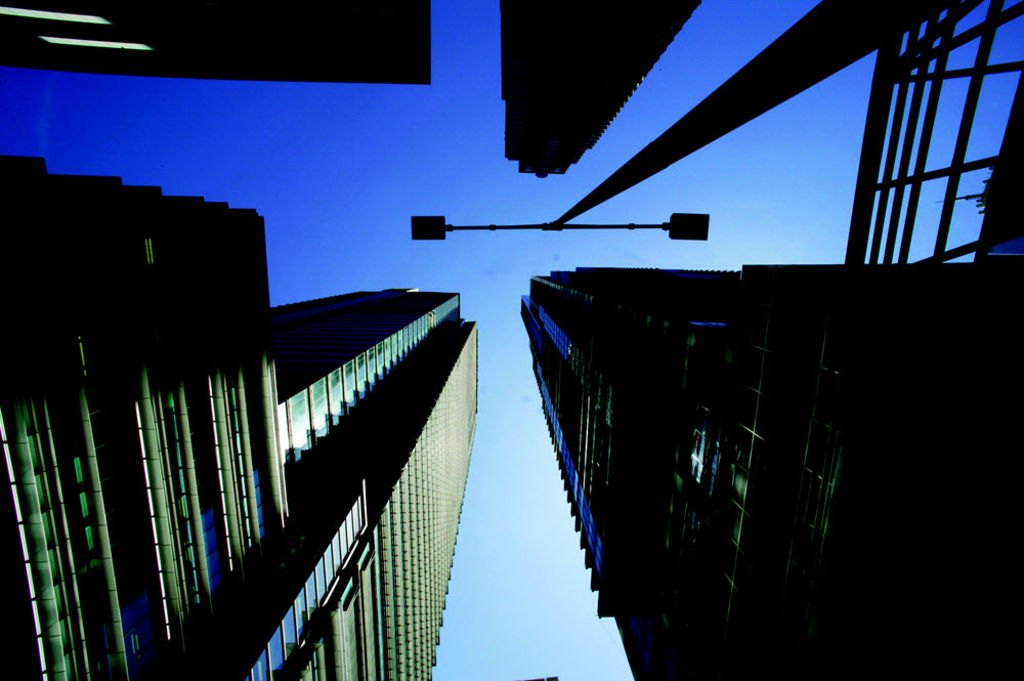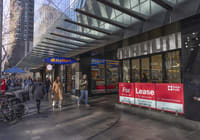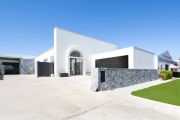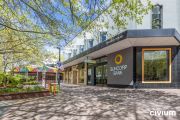
'Rental pain' may see firms decamp from Sydney
Melbourne’s office market is looking increasingly attractive to major corporate players as tenants in Sydney’s expensive market face rising rental pain in 2017.
As Sydney undergoes its strongest sustained rental growth since the mid 1990s, the average prime CBD gross effective rent is expected to pass $1000 a square metre soon.
Solid tenant demand combined with limited supply and stock withdrawals has driven prime office rental growth to nearly $900 a square metre, up from $700 a square metre.
That is getting close to double the going rate in Melbourne and it will push tenants into a situation of “high pain” with their rental obligations next year, according to a Cushman & Wakefield report.
The Cushman & Wakefield analysis compares average annual commercial rent to corporate profit growth, adjusted for productivity gains.
The “rental pain” gauge shows Sydney’s corporate tenants are now in the moderate pain zone and are heading into the next, more painful level in 2017 as rents rise and incentives diminish.
“With limited vacancy in secondary CBD office stock, for some tenants leaving older buildings that are being demolished for the Sydney Metro or other developments, the size of the increases are even greater,” the report said.
As rents rise, the options are diminishing for corporates on the hunt for new accommodation.
Already some big players are being wooed to the Melbourne market, including Woolworths, the owner of David Jones and Country Road, which has decided to move its corporate headquarters south.
In the hunt for affordable space, Sydney tenants needing to expand or relocate, could move to the city’s fringe and suburban office markets.
However, those options are already reducing as vacancy rates fall.
“Tenants may consider shifting operations to another state if their operating structure and customer base allows,” the report said.
“Melbourne, where rents are approximately 60 per cent of Sydney, is a strong competitor as it has a deep talent pool, whereas the pool in Brisbane and Perth is shallower.”
The Melbourne option may be more likely for business moving into Australia for the first time. One recent example is a big 10,000-square-metre requirement issued by Singaporean co-working hub provider The Working Capitol which is looking to establish its first facility in Melbourne.
A third option for suffering Sydney tenants is to simply defer their leasing decisions if possible beyond 2020 when the vacancy level is forecast to shift in their favour.
To manage the squeeze until then, tenants could make use of so-called activity based workspaces – commonly known as hot-desking – or by using co-working hubs to expand.












